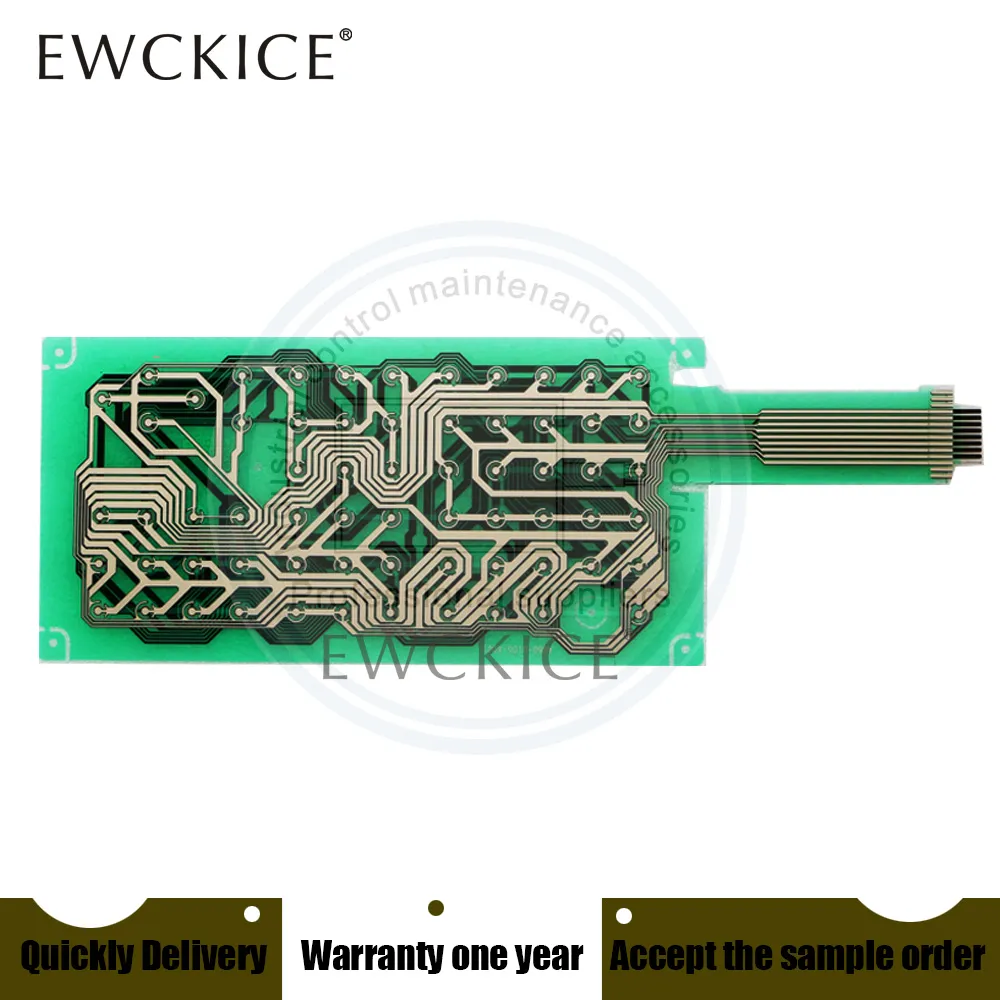How Membrane Switch Technology is Revolutionizing User Interfaces
How Membrane Switch Technology is Revolutionizing User Interfaces
Blog Article
Recognizing Membrane Switches Over: The Key to Durable and Reliable Controls

What Are Membrane Layer Buttons?
Membrane switches are an advanced option in the world of interface modern technology, integrating capability and style perfectly. These gadgets function as a user interface between customers and electronic systems, incorporating a number of parts right into a small format. Generally created from flexible, slim layers of materials, membrane layer buttons are created to react to touch, allowing individuals to interact with equipment and electronic gadgets properly.
The primary components of a membrane layer switch include a published circuit layer, graphic overlay, and a spacer layer that protects against unintentional activation. The visuals overlay can be tailored to reflect brand identity or individual choices, boosting aesthetic appeals while making sure usability. Membrane switches are typically made use of in various applications, consisting of clinical gadgets, consumer electronics, and commercial devices, owing to their resilience and resistance to ecological factors such as moisture and dust.
One of the key benefits of membrane layer buttons is their capacity to hold up against damage, making them suitable for high-traffic atmospheres. Additionally, they are lightweight and require marginal area, enabling cutting-edge designs in item growth. On the whole, membrane switches over represent a efficient and functional choice for modern-day electronic user interfaces, marrying modern technology with user-centric layout concepts.
How Membrane Layer Changes Work
The procedure of membrane layer changes hinges on a basic yet efficient system that equates individual input into digital signals. These switches include several layers, commonly consisting of a visuals overlay, a spacer layer, and a circuit layer. When an individual presses the switch, the top layer flaws, permitting a conductive aspect in the circuit layer to reach a matching conductive pad on the bottom of the graphic overlay. This call shuts the circuit and sends out an electronic signal to the device, showing that the button has been turned on.
The style of membrane layer switches can vary, but they commonly include domes or tactile elements to give comments to the user, boosting the total experience - membrane switch. The materials made use of in membrane switches, such as polyester or polycarbonate, add to their resilience and resistance to ecological elements, including wetness and dirt. The published circuits are normally encapsulated, which safeguards them from wear and tear over time.
Benefits of Membrane Layer Buttons

In addition, membrane layer switches are understood for their toughness. Created from robust materials, they are immune to dirt, wetness, and physical wear, which substantially prolongs their life-span contrasted to conventional mechanical buttons. This toughness makes them specifically ideal for high-traffic atmospheres and applications requiring long life.
An additional considerable advantage is the ease of cleaning and maintenance. The smooth surface of membrane layer changes minimizes dust accumulation and is commonly resistant to spills, making them ideal for setups that need frequent sanitization.
In addition, membrane buttons supply a streamlined profile, leading to a thinner layout that can be incorporated right into different devices without adding mass. This attribute not only enhances the aesthetic appeal however likewise adds to an extra ergonomic product layout.
Applications of Membrane Layer Switches
Easy to use and flexible, membrane layer buttons discover applications throughout a wide variety of sectors, including clinical gadgets, consumer electronic devices, and commercial tools. In the clinical area, these buttons are read here essential to devices such as diagnostic devices, individual tracking systems, and mixture pumps, where integrity and convenience of cleansing are vital. Their ability to stand up to extreme environments and maintain functionality makes them ideal for such applications.

In consumer electronics, membrane switches are utilized in products like microwaves, cleaning makers, and remotes - membrane switch. Their streamlined layout permits user-friendly interface, improving the total customer experience while giving sturdiness and resistance to use and tear
Commercial equipment additionally benefits from membrane layer switches, especially in control panels for machinery and automation systems. These buttons use security versus dust and moisture, guaranteeing consistent efficiency in tough settings. Additionally, their personalized functions allow suppliers to tailor them to specific functional needs, enhancing efficiency and performance.
Picking the Right Membrane Change
When selecting a membrane layer button, it is vital to think about various variables that affect efficiency and viability for specific applications. The key factors to consider include ecological conditions, tactile comments, durability, and style requirements.
First, examine the operating setting; buttons revealed to wetness, chemicals, or severe temperature levels call for particular products to make sure durability and capability. Next, review the need for responsive comments. Depending upon user communication, some applications might take advantage of a responsive reaction to validate activation, while others may favor a non-tactile style for aesthetic reasons.
Resilience is another essential aspect; membrane buttons ought to be developed to stand up to frequent usage, impacts, and abrasion. Make certain the selected button can endure the expected lifecycle, specifically in high-usage situations.

Final Thought
In conclusion, membrane Discover More Here layer switches serve as crucial components in the style of durable and trustworthy control systems throughout various markets. The convenience of membrane layer switches enables for customized options that meet particular functional demands, reinforcing their importance in contemporary innovation.
Membrane layer switches represent an important facet of modern-day interface layout, blending functionality with resilience in different applications.Membrane layer switches are an advanced option in the world of individual interface modern technology, incorporating capability and design effortlessly. Commonly created from adaptable, slim layers of products, membrane layer buttons are made to react to touch, enabling customers to connect with equipment and digital gadgets successfully.
The style of membrane layer switches can differ, however they commonly include domes or responsive aspects to offer feedback to the user, improving the overall experience.In conclusion, membrane switches over offer as necessary elements in the design of trusted and sturdy control systems throughout different industries.
Report this page